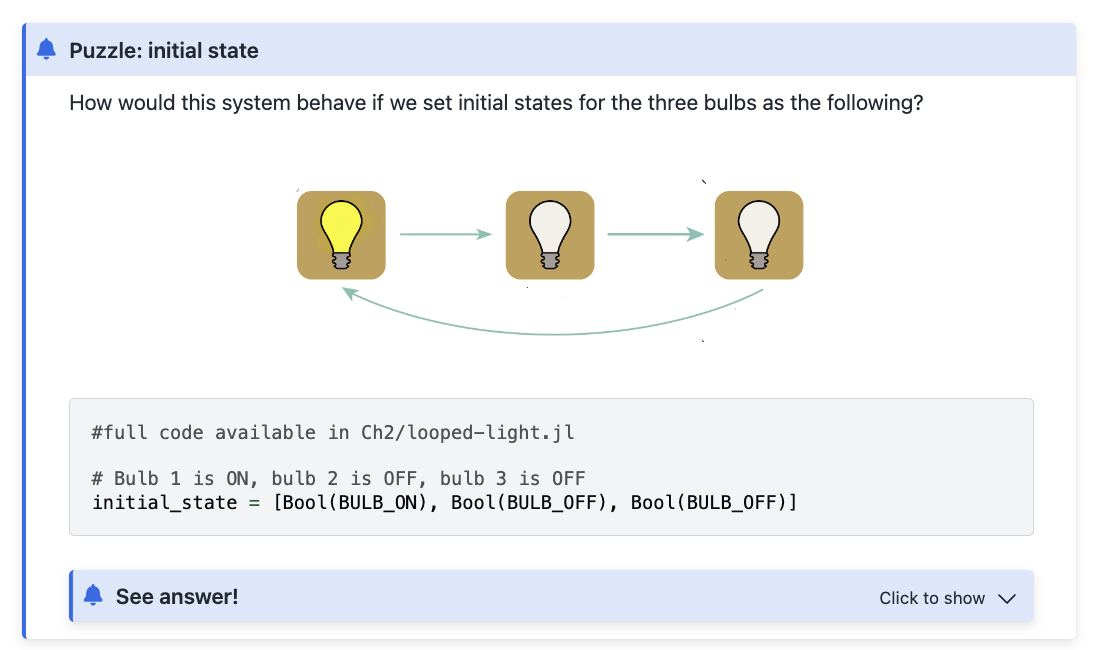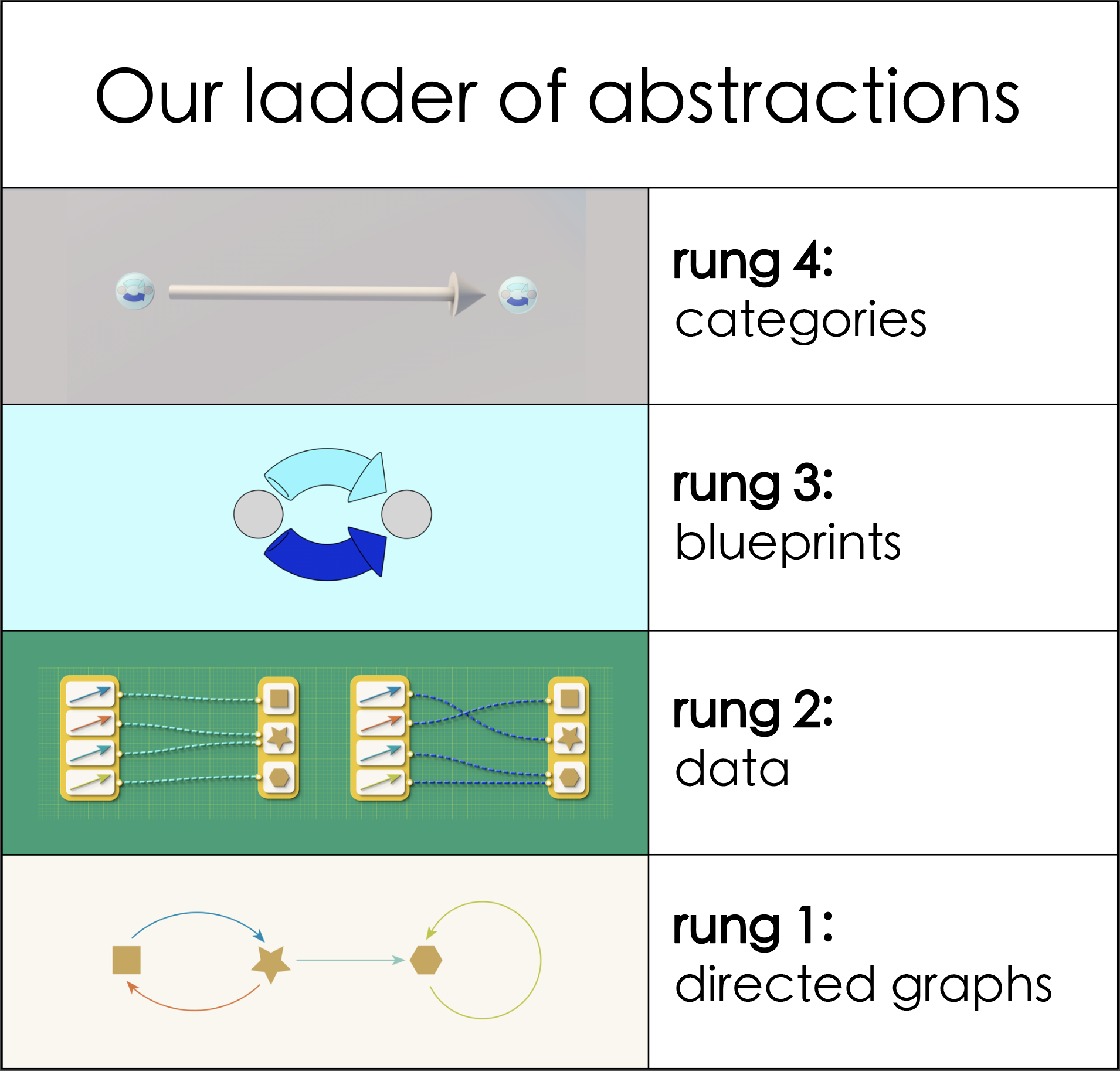Call for 2026 Summer Research Associates
Come spend the summer at the Topos Institute! For early-career researchers, we’re excited to open up applications for our 2026 Summer Research Associate program.
Research articles, statements of vision, and more

In the third post of this series about Relational Thinking: from abstractions to applications, we look at the story-telling approach that we took in writing the book.

In the second post of this series about Relational Thinking: from abstractions to applications, we look at the technologies used to build the book.

In the first post of this series, we introduce the freely available online book Relational Thinking: from abstractions to applications, starting with the story of how it came into being and giving a brief overview of its contents.

A follow-up to Algebraic Geometry for the Working Programmer, this post explains a category-theoretic approach to symbolic open dynamical systems.